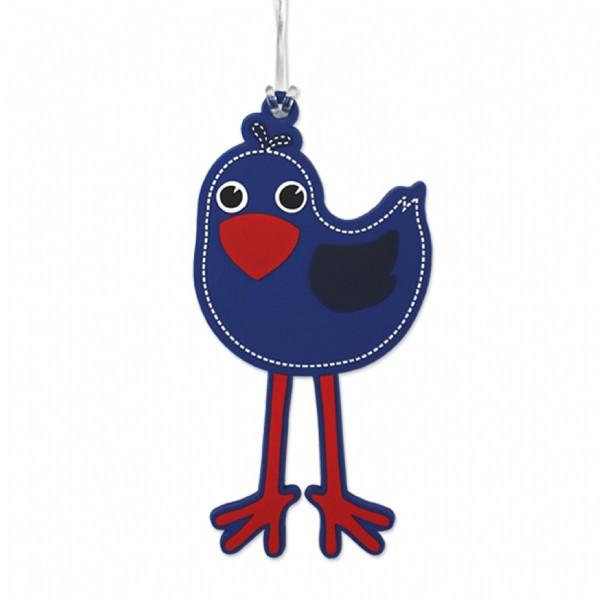pukeko 
pukeko is an implementation of a lazy functional programming language that is very heavily inspired by Haskell. The compiler is based on Simon Peyton Jones’ book The Implementation of Functional Programming Languages and implemented in Haskell. It compiles pukeko down to the Netwide Assembler language, which can then be assembled and linked against a small runtime system to produce native binaries on macOs and Linux.
This project mainly served my personal education.
Prerequisites
To compile the compiler you need to install the Haskell tool stack, which will take care of installing a Haskell toolchain and building everything. To produce native binaries from pukeko programs, you also need to install the Netwide assembler nasm. On macOS this is easiest done using Homebrew:
brew install haskell-stack nasm
On Linux, something similar should work and you additionally need clang and libgmp, if those aren’t already installed.
Installation
Once you’ve installed the prerequisites, the compiler is built at the root of the repository by calling
stack build
Examples
The examples directory contains plenty of short programs that show pukeko in action. There is also a Makefile to build them. To run the canonical “Hello World!” example, call
cd examples
make hello
./hello
The output should look something like
Hello World!
Steps : 20579
Alloc bytes: 6200 (Checks: 239)
GC runs : 0
The stats under “Hello World!” tell you how many reduction steps were taken, how many bytes were allocated on the heap, how often the runtime checked if it needs to invoke the garbage collector and how often it actually did so.
The other examples are run accordingly. Be aware that some of them, like the sorting examples, need some input to actually do anything:
make qsort
echo "4 10 3 7 5" | ./qsort
The 4 is the length of the list to sort and the next four numbers are the actual list. The result will be 3 5 7 10 spread across four lines.
What does “pukeko” mean?
pukeko is the Maori name of the Australasian swamphen. Since O’Reilly books on programming languages tend to have animals on their cover and this bird is a particularly cute animal, I consider this name to be a very wise choice.
